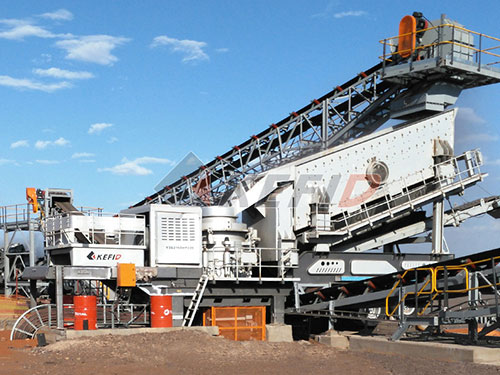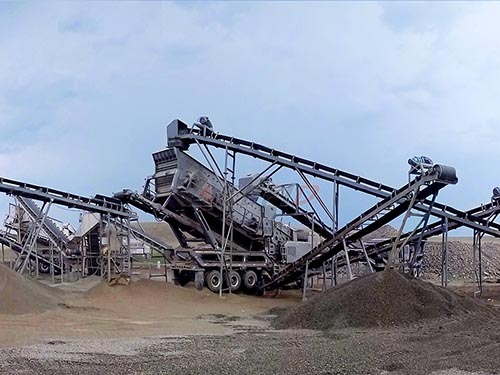Beyond the Crush: The Engineering Excellence of +Raylor Cone Crushers in Modern Aggregate Processing

The relentless demand for high-quality aggregates – the foundational materials for infrastructure, construction, and countless industrial applications – places immense pressure on crushing technology. Efficiency, reliability, product quality, and operational cost are paramount concerns for quarry managers and plant operators navigating increasingly stringent specifications and economic realities. In this demanding landscape, +Raylor Cone Crushers have carved out a significant niche, representing not just machinery, but a commitment to robust engineering solutions designed to withstand the rigors of hard rock reduction while optimizing performance.
Understanding the Core: The Cone Crusher Principle
Before delving into +Raylor’s specific contributions, it’s crucial to grasp the fundamental operation of a cone crusher. Unlike jaw crushers that utilize compressive force between fixed and moving plates in a V-shaped chamber, cone crushers employ a gyrating mantle within a concave bowl liner.
1. The Mantle & Concave: The heart of the crusher consists of an outer concave (or bowl liner) fixed within the upper frame assembly and an inner mantle mounted on an eccentric main shaft assembly.
2. Gyratory Motion: Powered by robust bearings and often driven by belts or directly coupled motors via fluid couplings or variable speed drives (VSDs), the main shaft imparts an eccentric gyrating motion to the mantle.
3. Crushing Action: As rock enters the feed opening at the top of the crusher (fed via conveyor from primary crushing stages), it falls into the narrowing space between the rotating mantle and stationary concave.
4. Progressive Reduction: Rock particles are nipped and compressed multiple times as they travel downwards through progressively smaller gaps created by the mantle’s gyration relative to the concave profile.
5. Setting Control: The size of the final product is primarily determined by the gap setting at the narrowest point of this crushing chamber – known as the Closed Side Setting (CSS). This setting can be adjusted hydraulically or mechanically depending on model design.
6. Discharge: Crushed material exits through openings at the bottom of the crushing chamber onto discharge conveyors.
This continuous compression process makes cone crushers exceptionally efficient for secondary and tertiary crushing stages (reducing material from ~100mm down to finer sands), producing well-shaped cubical products essential for high-grade concrete asphalt mixes.
+Raylor: Engineering Resilience into Every Component

+Raylor has established its reputation by focusing on core engineering principles that translate

Leave a Reply